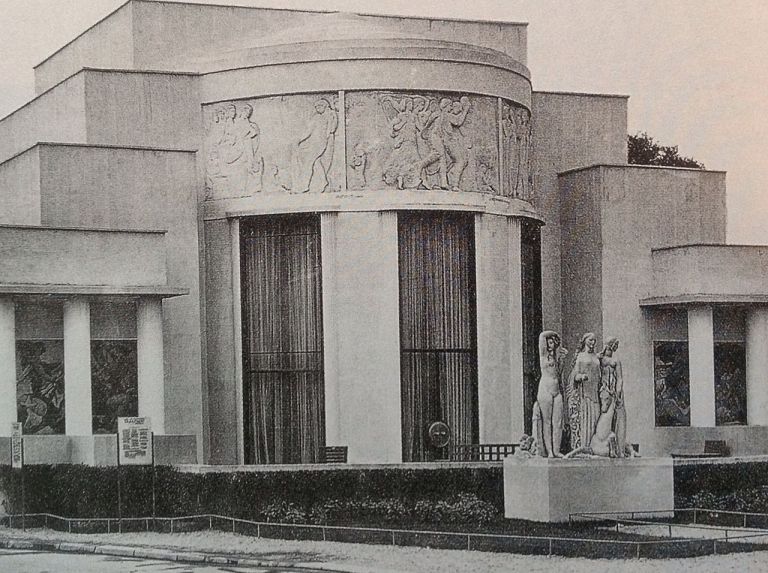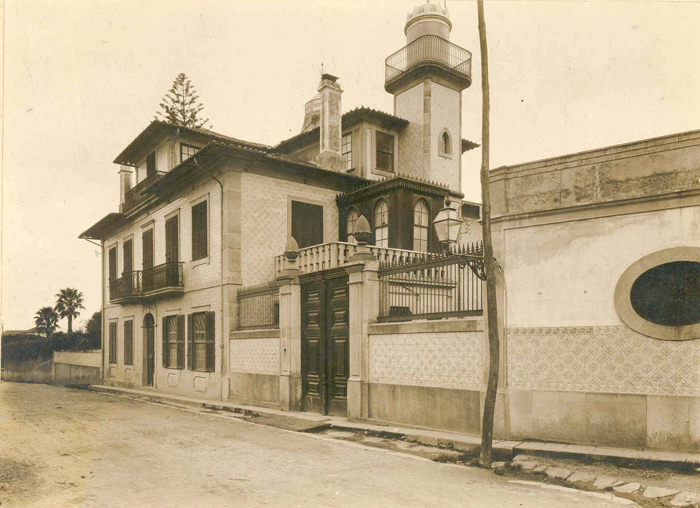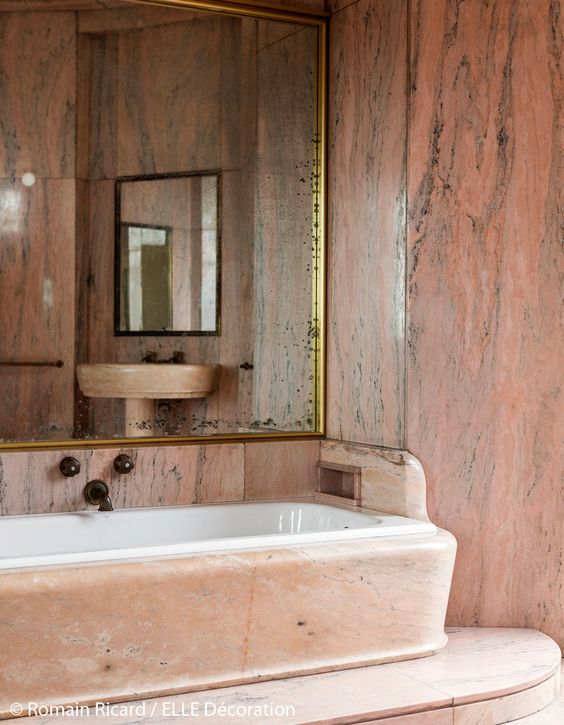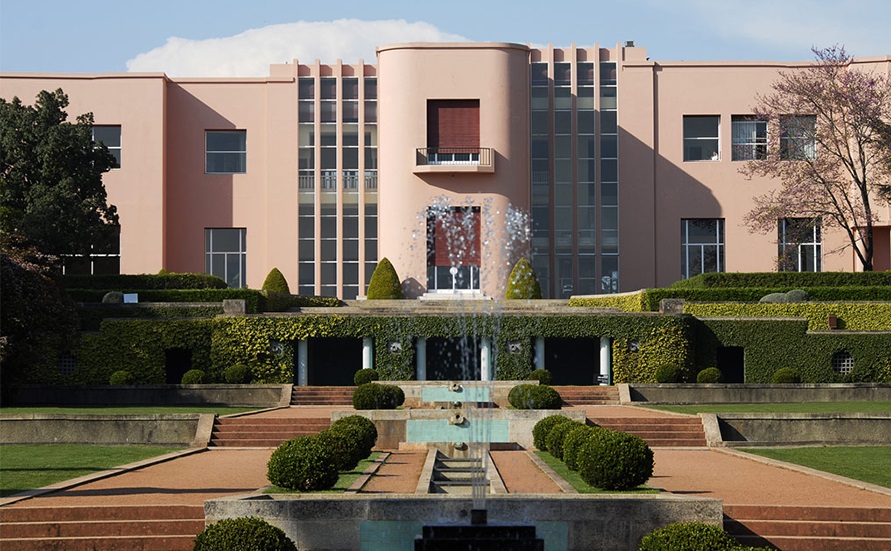How far would one go for love? To answer this hard, uncomfortable question I will tell you the story of a visionary man, his dream and his great love for a French woman. As you’ll discover, it’s all linked to love. Now, let’s do a voyage back in time…
We are in Paris, in the year of grace 1925 and all the beau monde rushes to attend The international exhibition of modern decorative and industrial arts. First scheduled in 1915 but postponed because of the war, this much-awaited exhibition presented THE new style, luxurious and refined, highly crafted and precious, abundant in details yet in a spared manner, the one and only Art Déco. The greatest pavilion of them all is certainly Emile-Jacques Ruhlmann’s one, called Pavilion for a collector (Hotel du Collectioneur) where you could easily picture Jay Gatsby (Fitzgerald actually published the novel that same year 1925) listening to jazz music.

The Hotel du Collectionneur, Source here
Ruhlmann’s glamorous esthetics seduced more than one but one in particular: Carlos Alberto Cabral, 2nd count of Vizela. This Portuguese noble man was initiated to the French taste and he rubbed shoulders with the elite of the Parisian arty crowd of the times. In his wanders in the city of lights, Carlos Alberto fell in love with a beautiful woman, a French model named Blanche Daubin. Yet, time was rushing Carlos Alberto Cabral to return to Portugal. His family had made fortune in the textile industry in Porto and it was now time for him to inherit the business. In 1925 the count inherited a great property called “Quinta do Lordelo” with a typical Portuguese bourgeois house. I can only imagine this man’s fear of losing his beloved Blanche and having to go back to an old-style house in a city where no fizzy French modernity had pierced, nor the extravagance of the Golden Twenties. In his pursuit of love and happiness, Carlos Alberto Cabral decided to marry Blanche and bring Her and Modernity to Portugal. How was that possible? He decided to transform his old property “Quinta do Lordelo” in a temple of modernity.

Quinta do Lordelo in 1920, Source here
In order to build the new house he was dreaming about, the count of Vizela contacted the cutting edge of art deco designers, Mister Emile-Jacques Ruhlmann. He also changed the name from “Quinte do Lordelo” to “Quinta do Serralves” and bought more land to enlarge the property and set a majestic garden à la française that would remind Blanche of her country. The construction site took much more time than expected. The count was very demanding and did not limit to one architect or interior designer. In fact, he was the only one to have this vision:

Casa Serralves back in 1945, source here
Carlos Alberto Cabral worked during the whole project with a Portuguese architect known for his technical skills, Marques da Silva but for the extravagance he called in the famous French architect Charles Siclis. For the interior decoration, he asked for Emile-Jacques Ruhlmann’s expertise (followed by Ruhlmann’s nephew Alfred Porteneuve after Ruhlmann’s death in 1933) but also required René Lalique for the skylight in the first-floor hall and other designers such as Edgar Brandt, for the fantastic iron gate that separates the ground floor of the stairs that lead to the first floor or Jean Perzel, for the interior lightnings. The fabulous geometrical garden, which is a real chef d’oeuvre, was designed by genius Jacques Gréber.

Edgar Brandt’s Iron gate, Source here
All this energy, imagination and money, Carlos Alberto Cabral put in Casa Serralves took a lot of years to reach the end and the house was only ready in 1945. The sad part is that the count and his beloved Blanche only used the house for seven years. Cabral was forced to sell the house in the fifties and all the furniture made to measure flew away in auctions. The good part is that the count made sure the house wouldn’t be destroyed nor the property dissembled and today you can still visit this beauty who is now property of the Portuguese state. You will also have the surprise to discover many works of art in the gardens and a new created foundation for contemporary art that houses an important collection of art. That being said, I warmly suggest you to visit Casa Serralves, its gardens and the Contemporary Art Foundation … and dream about this beautiful story of Count Carlos Alberto Cabral, Blanche and Art Déco extravagance in Porto – the Unvanquished City!
I hope you enjoyed!

The pink bathroom at the first floor, ©Romain Ricard pour Elle Décoration

The Gardens by Jacques Gréber, Photo by me

Console by Emile-Jacques Ruhlmann, Photo by me 🙂

fantastique !!! ❤
LikeLiked by 1 person
Très bel article ! Merci Iléana.
LikeLiked by 1 person